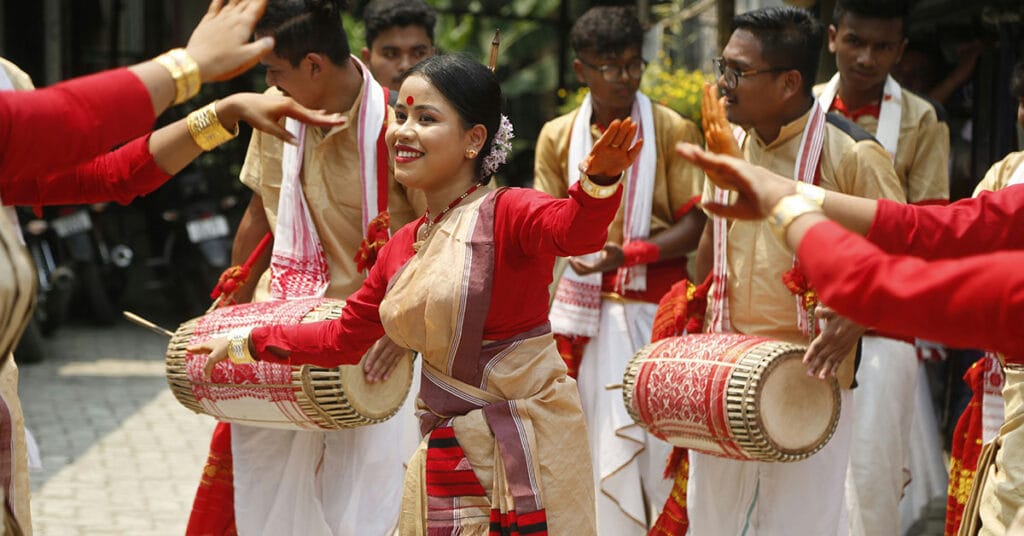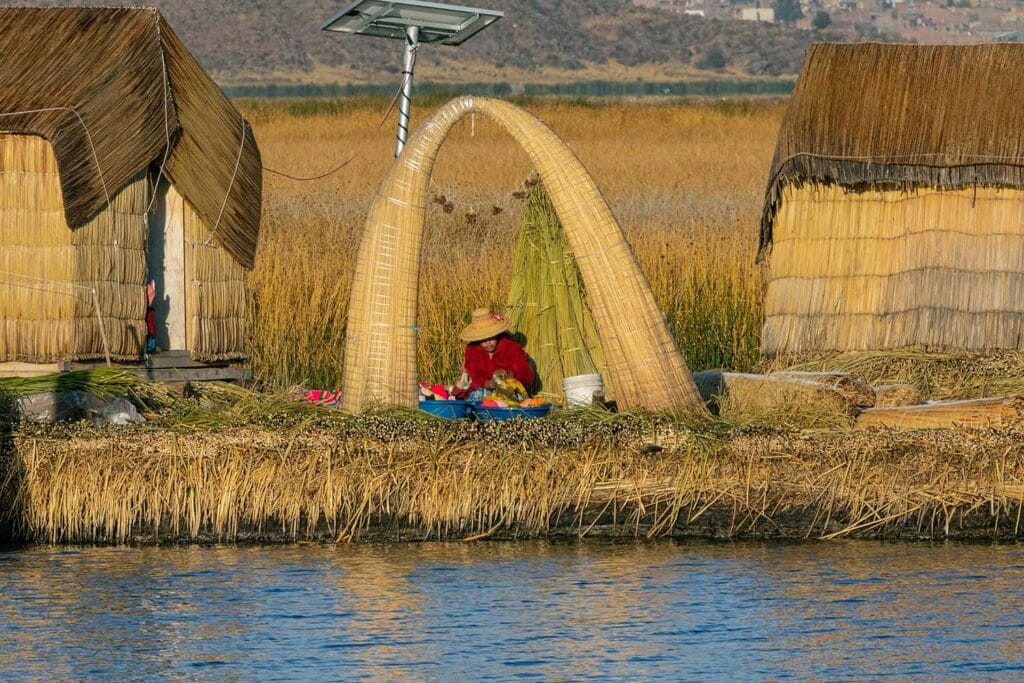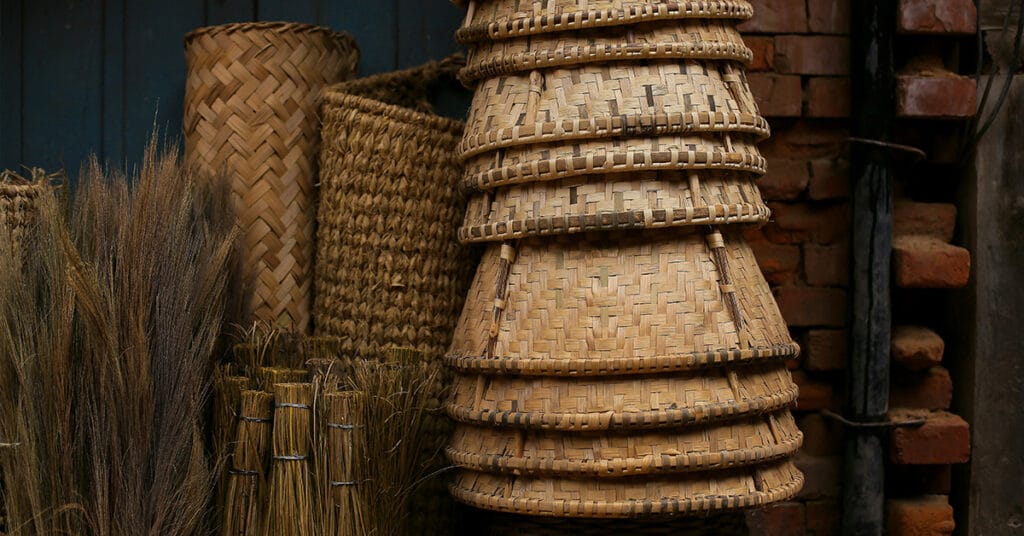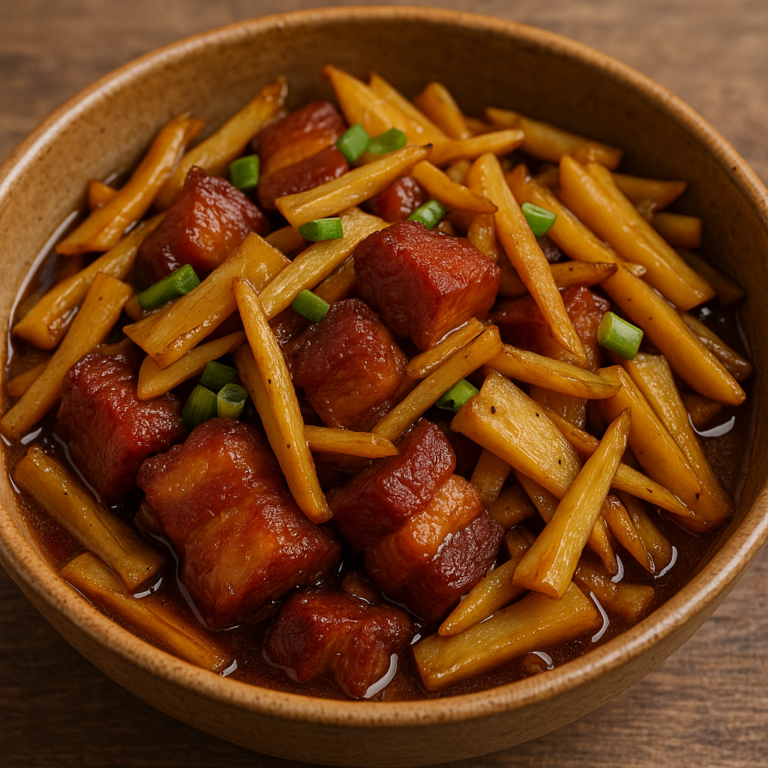Assam, a land rich in culture, traditions, and natural beauty, is known for its vibrant festivals that are deeply rooted in the region’s heritage. Each festival in Assam carries with it centuries of customs, rituals, and celebrations that reflect the agricultural, spiritual, and social life of the Assamese people. From the joyous harvest festival of Bihu to the sacred rituals of Ambubachi Mela, Assamese festivals are a fascinating blend of joy, devotion, and cultural unity.
In this article, we explore some of the most popular festivals of Assam and delve into their cultural significance.
1. Bihu: The Festival of Harvest and Joy
Bihu is the most widely celebrated festival in Assam and holds a special place in the hearts of the Assamese people. It is not just a single festival but a series of three celebrations that mark different phases of the agricultural cycle – Rongali Bihu (Bohag Bihu), Kongali Bihu (Kati Bihu), and Bhogali Bihu (Magh Bihu).
- Rongali Bihu (Bohag Bihu): Celebrated in April, Rongali Bihu marks the Assamese New Year and the arrival of spring. It is a time for joy, renewal, and social gatherings. People wear traditional attire, sing Bihu songs, and perform the energetic Bihu dance. Families prepare special dishes like pitha, laru, and doi, and houses are cleaned and decorated to welcome the new year.
- Kongali Bihu (Kati Bihu): Celebrated in October, Kati Bihu is more solemn and marks a time of scarcity in agricultural households. The main ritual involves lighting earthen lamps (saki) in paddy fields to protect the crops and pray for a good harvest. Families also light lamps at the base of their tulsi plants.
- Bhogali Bihu (Magh Bihu): Celebrated in January, Bhogali Bihu is a festival of feasting and marks the end of the harvest season. The festival is marked by the construction of Meji (temporary structures made of wood and hay), which are burned in the early morning after a night of community feasts and celebrations. Traditional Assamese delicacies, including pitha, doi, laddoo, and fish curries, are prepared and enjoyed.
Cultural Significance: Bihu represents the agricultural roots of Assamese society. It reflects the close relationship between the people and nature, as well as the importance of community, celebration, and gratitude for a bountiful harvest.
2. Ambubachi Mela: The Celebration of Fertility and Devotion
The Ambubachi Mela, held at the Kamakhya Temple in Guwahati, is one of the most significant religious festivals in Assam. This festival is dedicated to the goddess Kamakhya, and it marks the annual menstruation period of the deity, symbolizing fertility, creation, and the power of the feminine divine.
During the four-day festival, the temple remains closed for the first three days, symbolizing the seclusion of the goddess. On the fourth day, the temple reopens, and devotees from all over the country gather to offer prayers and seek blessings. The festival attracts tens of thousands of people, including sadhus, pilgrims, and tourists.
Cultural Significance: The Ambubachi Mela celebrates the divine feminine and the concept of fertility, which is central to agricultural societies like Assam. The festival also promotes the idea of purification, devotion, and respect for the natural cycles of life.
3. Durga Puja: A Grand Celebration of the Divine Mother
While Durga Puja is celebrated all over India, it holds a special place in the hearts of the Assamese people. The festival celebrates the victory of the goddess Durga over the buffalo demon Mahishasura, symbolizing the triumph of good over evil.
Durga Puja is celebrated with great enthusiasm in Assam, especially in the cities of Guwahati and Silchar. The festival lasts for five days, with beautifully decorated pandals (temporary structures), elaborate idols of the goddess, and vibrant processions. The evenings are filled with cultural programs, music, and feasting, making it a time of togetherness and joy.
Cultural Significance: Durga Puja in Assam is not only a religious festival but also a social and cultural celebration. It brings people together across communities and showcases the rich artistic and cultural traditions of the state. The festival also emphasizes the power of good and the strength of the divine feminine.
4. Jonbeel Mela: A Unique Barter Festival
Jonbeel Mela is one of the most unique festivals in Assam and is held annually near Jagiroad, around 32 km from Guwahati. The festival, which dates back to the 15th century, is notable for its barter system, where people from different communities exchange goods without the use of money. The festival begins with a fair and culminates in a grand feast.
Jonbeel Mela is a symbol of unity and communal harmony, as it brings together people from various tribal communities such as the Tiwas, Karbi, and Jayantia. The festival also includes traditional dances, music, and performances that celebrate the cultural diversity of Assam.
Cultural Significance: Jonbeel Mela is a celebration of Assam’s ancient trading practices and the spirit of cooperation among communities. The festival reflects the state’s emphasis on unity, self-sufficiency, and mutual respect across diverse ethnic groups.
5. Ali-Ai-Ligang: The Agricultural Festival of the Mising Tribe
Ali-Ai-Ligang is the most important festival of the Mising tribe in Assam and is celebrated to mark the beginning of the sowing season for paddy. The festival is observed on the first Wednesday of the Fagun month (February-March) according to the Assamese calendar.
The main features of the festival include the Ali-Ai-Ligang dance, where young boys and girls perform to the beats of traditional instruments like the dhol and gagana. A special rice beer called apong is prepared for the occasion, along with traditional dishes made from fish and pork.
Cultural Significance: Ali-Ai-Ligang highlights the deep connection between the Mising tribe and agriculture. The festival also promotes the idea of preserving the environment, as the tribe offers prayers to the gods for a good harvest and sustainable farming practices.
6. Bohag Bihu and the Arrival of Spring
Although part of the broader Bihu celebration, Bohag Bihu deserves a special mention for its role in welcoming spring. It is celebrated with vibrant songs, dances, and rituals that signify renewal, joy, and the planting season. People clean their homes, prepare traditional dishes, and perform rituals to honor their ancestors and seek blessings for a prosperous year.
Cultural Significance: Bohag Bihu’s celebration of spring represents a fresh start and the hope for a bountiful harvest. It is a time of joy, new beginnings, and the renewal of social bonds.
7. Raas Mahotsav: Celebrating the Life of Lord Krishna
Raas Mahotsav is one of the most significant festivals in the Majuli district of Assam, the world’s largest river island. This festival, celebrated in November, is dedicated to Lord Krishna and reenacts his life, particularly focusing on the Raas Leela – the dance of love with the Gopis.
The festival is marked by dramatic performances of Krishna’s life, especially his childhood and youthful exploits. The atmosphere is filled with devotion, dance, and drama, as people gather in large numbers to witness the grand celebrations.
Cultural Significance: Raas Mahotsav not only celebrates Lord Krishna but also symbolizes the spiritual connection between man and the divine. The festival is a way to preserve Assamese culture, particularly the Vaishnavite traditions introduced by the saint Srimanta Sankardev.
Conclusion
The festivals of Assam are a rich tapestry of traditions, celebrations, and rituals that reflect the state’s deep-rooted connection to its cultural and natural heritage. Each festival carries its own significance, from celebrating the harvest and fertility to promoting communal harmony and devotion. These festivals not only unite the people of Assam but also provide a window into the state’s diverse customs and traditions.
By participating in or witnessing these festivals, one can truly appreciate the essence of Assamese culture, its respect for nature, and its emphasis on unity and community spirit.


























